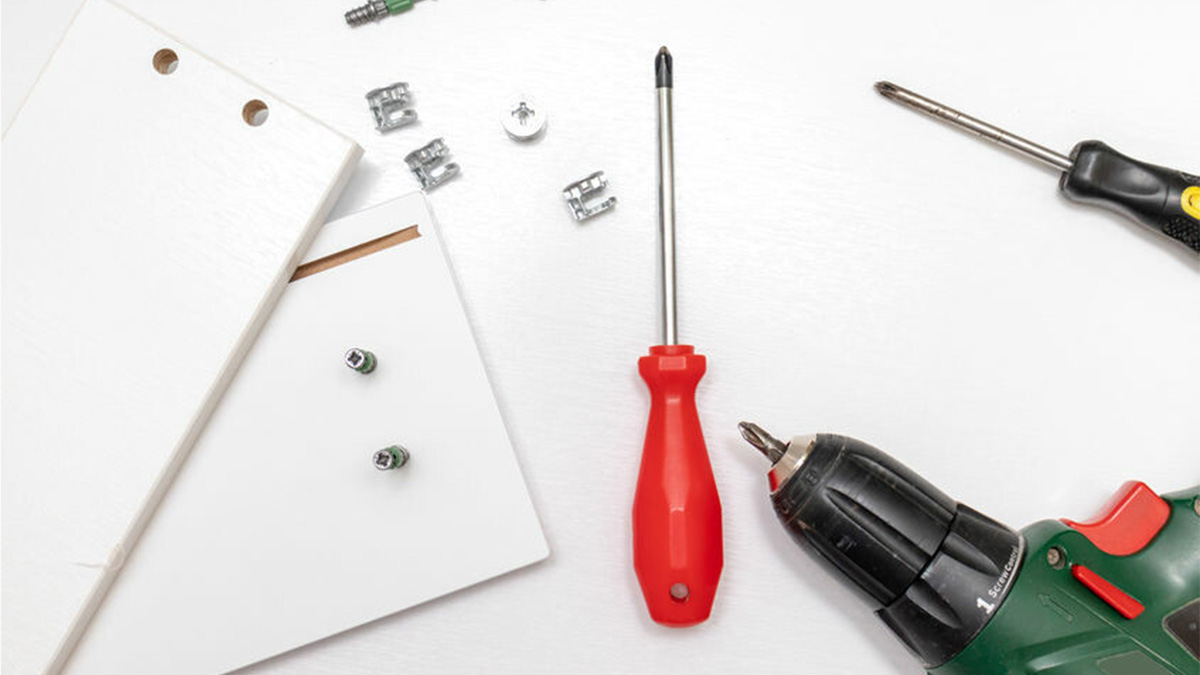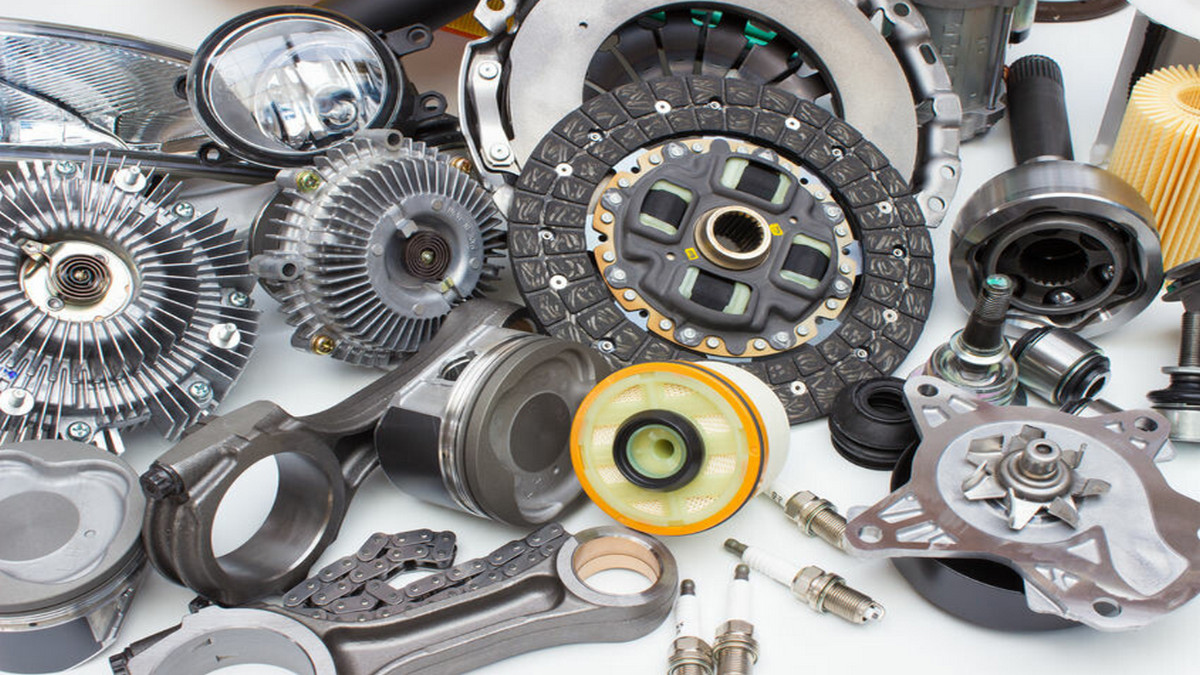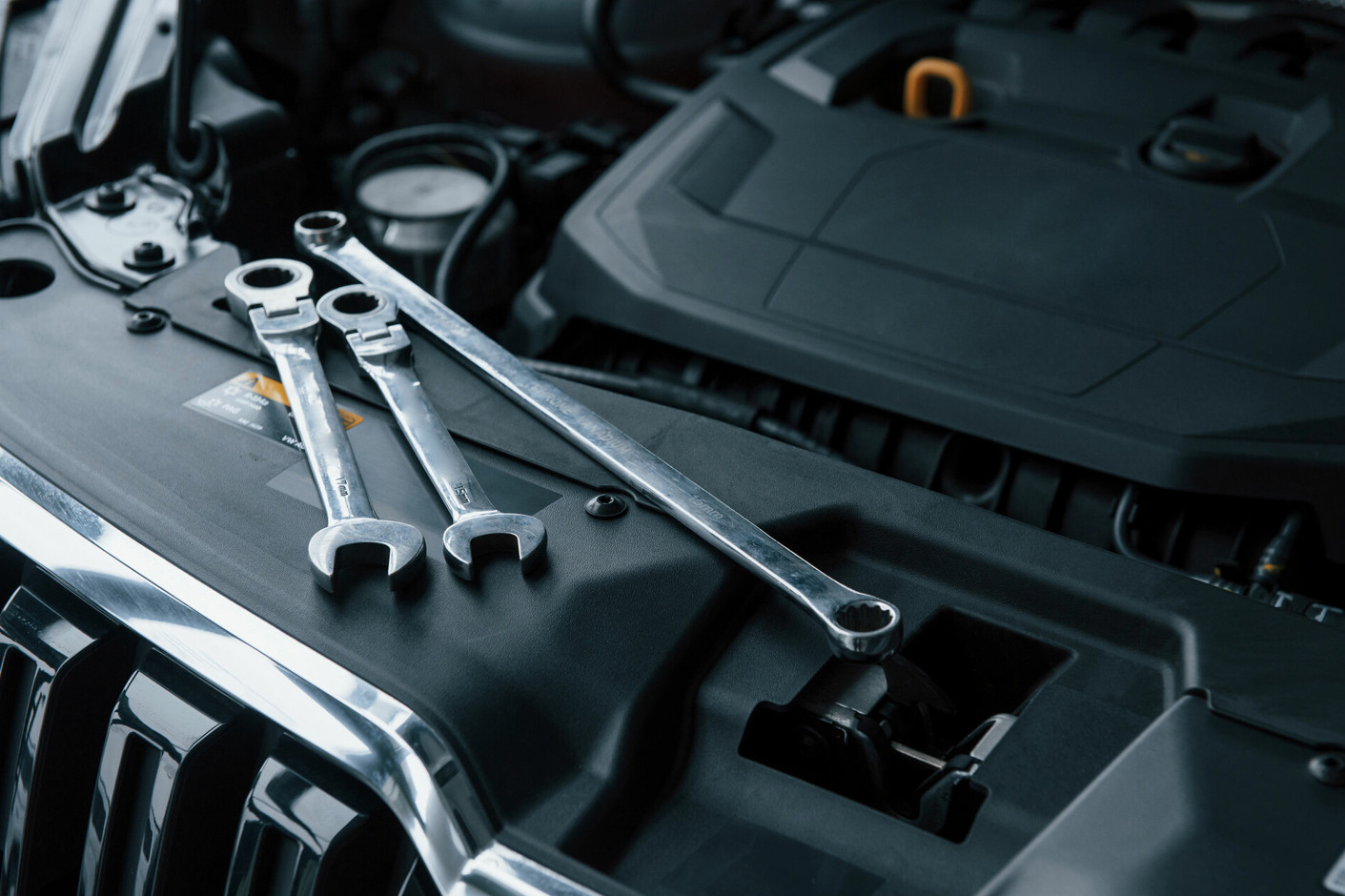The most common machine tool is a lathe, which can be divided into different types according to different processing conditions for the turning process.
What is Lathe?
The lathe machine is used to remove excess material from the workpiece so that the workpiece conforms to the desired style and size. Depending on the characteristics, the following types can be divided into several types: center lathes or engine lathes, speed lathes, capstan lathes or turret lathes, tool room lathes, bench lathes, automatic lathes, special lathes, and CNC lathes.
How Many Types of Lathe Machine?
Types of lathe machine and their uses
- Center lathe (Central lathe) or engine lathe machine:
This is a type of lathe that is currently widely used and can perform operations such as turning, end face, grooving, knurling, and threading. The feed mechanism of the engine lathe can operate the cutting tool in both the longitudinal and lateral directions. The center lathe can be divided into belt drive, motor drive and reducer depending on the drive source.
- Speed lathe machine:
The high-speed lathe can also be called a wood lathe, which can be operated at high speed and is operated manually. The speed range for high-speed lathes is approximately 1200 to 3600 RPM. This lathe is used for the rotation, centering, polishing and machining of wood.
- Capstan and turret lathe machine:
Capstan and turret lathes are improvements in engine lathes that can be used for high volume production and for large jobs. The head of the machine tool is a hexagonal head, which can be rotated to change the operation without manual change, including turning, end face, boring and reaming.
- Toolroom lathe machine:
The tool room lathe is similar to the engine lathe, but its parts are manufactured with great precision and in order, so this machine is used for high precision grinding machining.
- Bench lathe machine:
The small size of the bench lathe can be used for smaller and more precise work, with parts similar to engine lathes and high-speed lathes.
- Automatic lathe machine:
The automatic lathe can perform work automatically and can be used for mass production. The automatic machine will automatically change without having to change the tool manually. The advantage is that an operator can handle the operation of multiple machines at the same time. The automatic lathe is a high-speed and heavy-duty machine.
- Special lathe machine:
Special lathes are used to perform special operations that are not possible with the rest of the lathe. Special lathes include vertical lathes, wheeled lathes, T-type lathes, multi-axis lathes, production lathes, duplex or tracer lathes, etc., which are known for their heavy-duty production of the same parts.
- CNC lathe machine:
The CNC lathe is used to control the operation of the machine tool through a computer program. Once the program is input in steps, mass production can be performed with high precision and high speed, and once the operation code is set, it can be produced without re-entering the next time. CNC lathes are the most advanced types of lathes available today, and the tolerances of the parts they produce are extremely precise.
There are many different classifications of lathe machine, you can choose the appropriate classification of lathe machine according to your own processing requirements and precision requirements.














